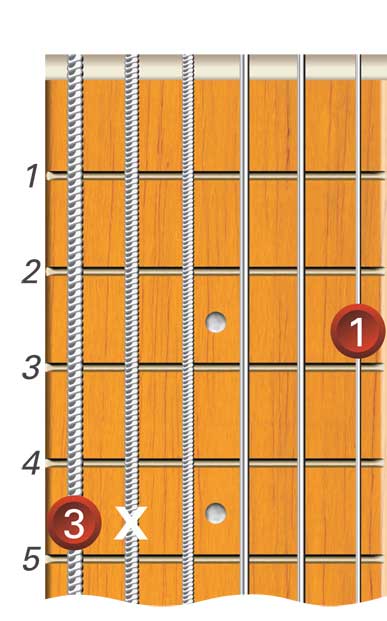
Finger Names and Numbers

The left hand fingers are numbered as such.

The letters p, i, m and a are used to indicate the right hand fingers.
First Position - Right Hand

The first position allocates the first finger (i) of the picking hand to the second string and the second finger (m) of the picking hand to the first string. The thumb (p) will play all the bass strings.
The adjacent photo highlights the first position of the right hand fingers (i) and (m). These two fingers should be in position above the strings, ready to pick.
Second Position - Right Hand

The second position allocates the first finger (i) of the picking hand to the third string and the second finger (m) of the picking hand to the second string. The thumb (p) will play all the bass strings.
The adjacent photo highlights the second position of the right hand fingers (i) and (m). These two fingers should be in position above the strings, ready to pick.
Bracing the Right Hand
Some fingerpickers prefer to use one of the following right hand bracing techniques. The first option involves resting the little finger of the right hand on the guitar face. The second option involves resting the bottom of the hand on the bridge.

Rest little finger on guitar face.

Rest bottom of hand on bridge.
With each open tuning you learn it is essential to learn the chord shapes most frequently used in that tuning. The most common chords used in dropped D tuning are shown here.
A

Am

A7

B7

C

D

Dm

D7

E

Em

E7

G




A good knowledge of bar chords is vital for playing in open tuning. The movable bar chords shown next are commonly used in dropped D tuning.
Root Six
Major

Root Six
Minor

Root Six
Seventh

Root Five
Major

Root Five
Minor

Root Five
Seventh





